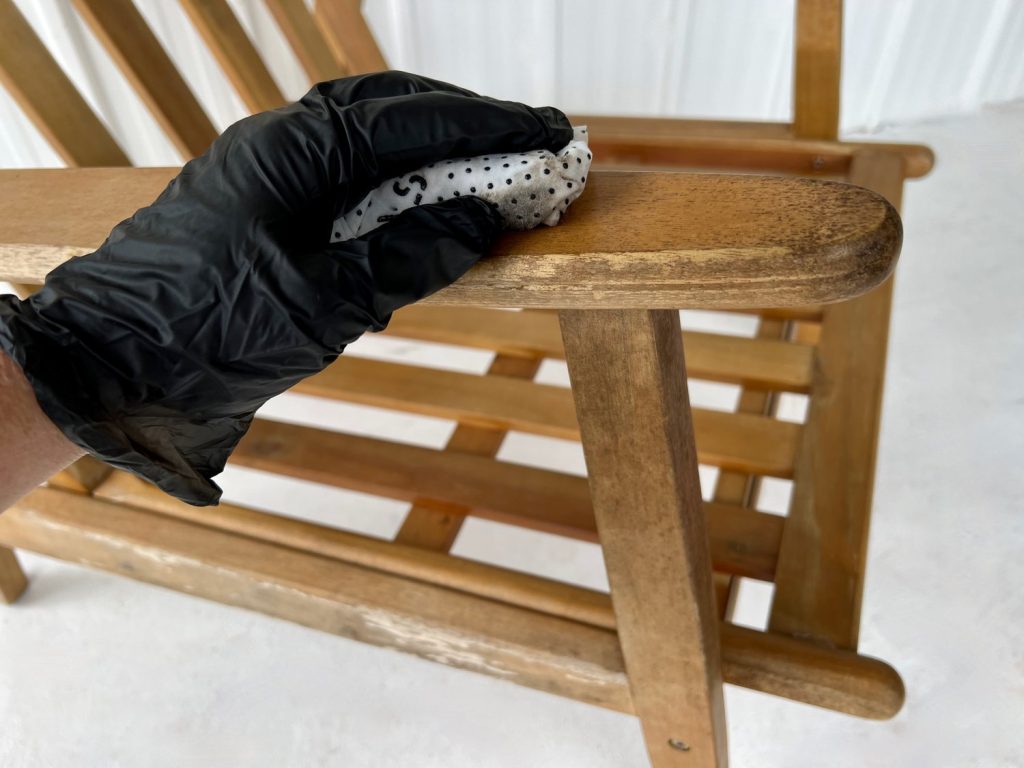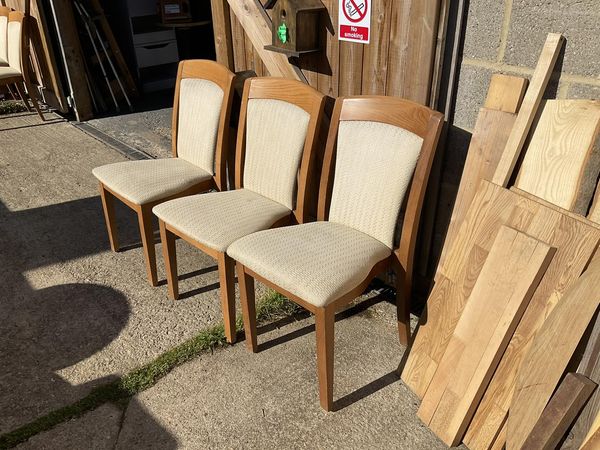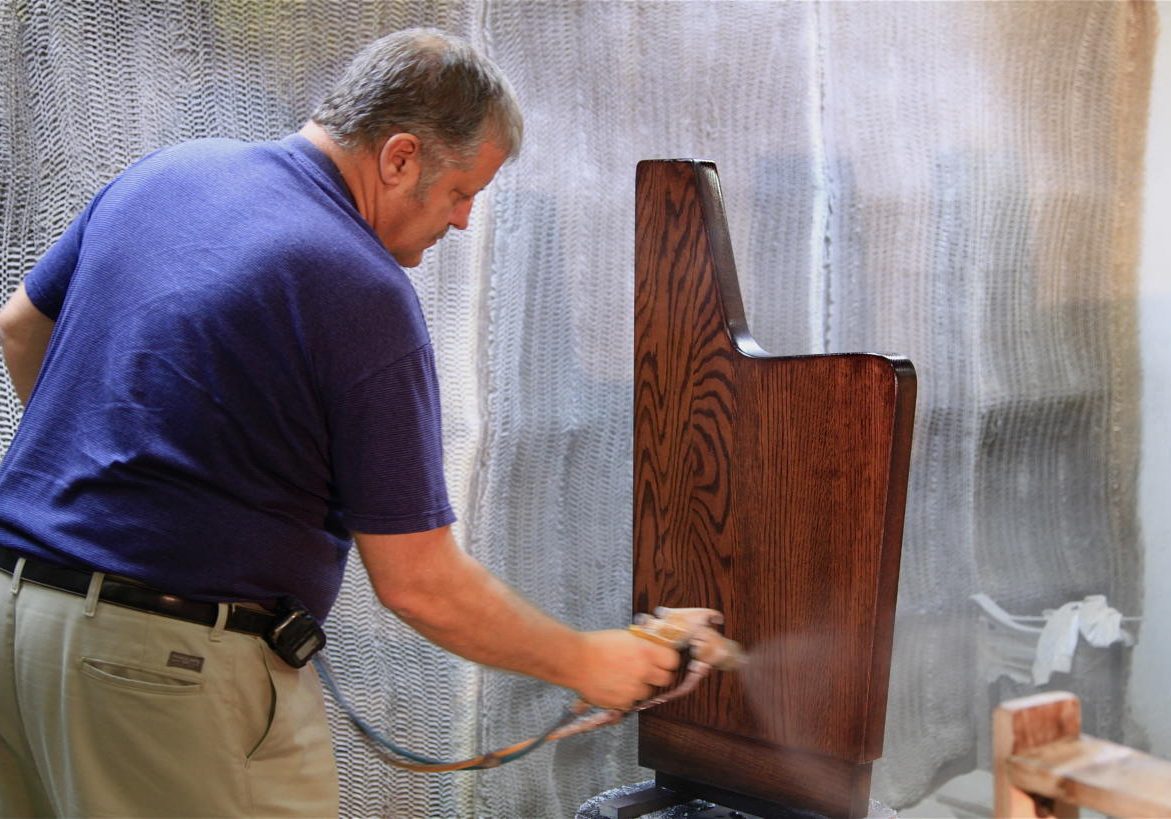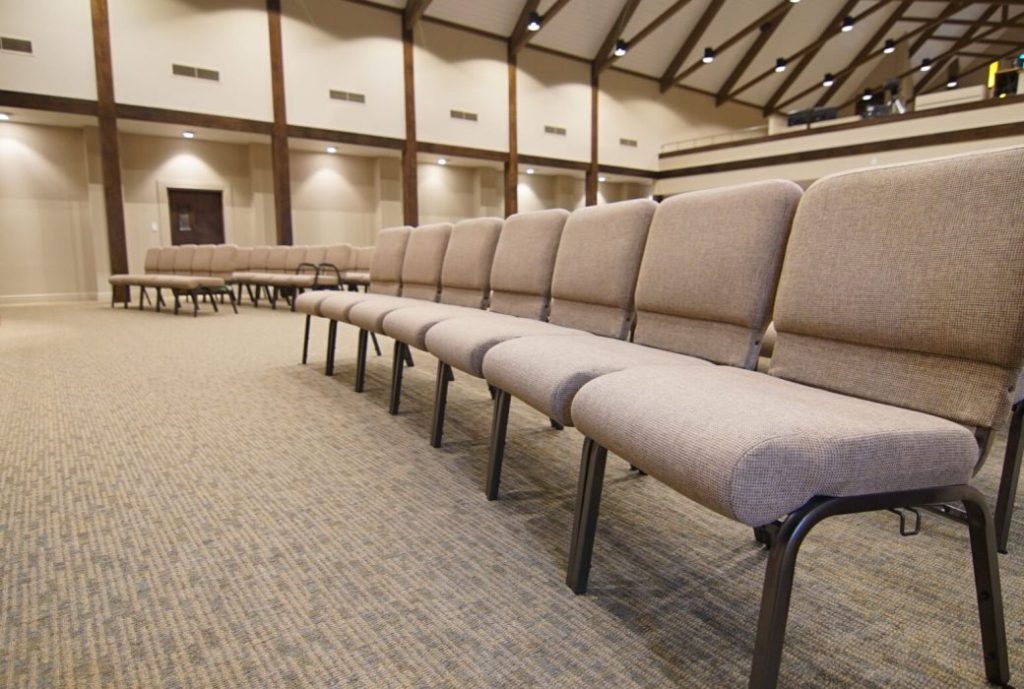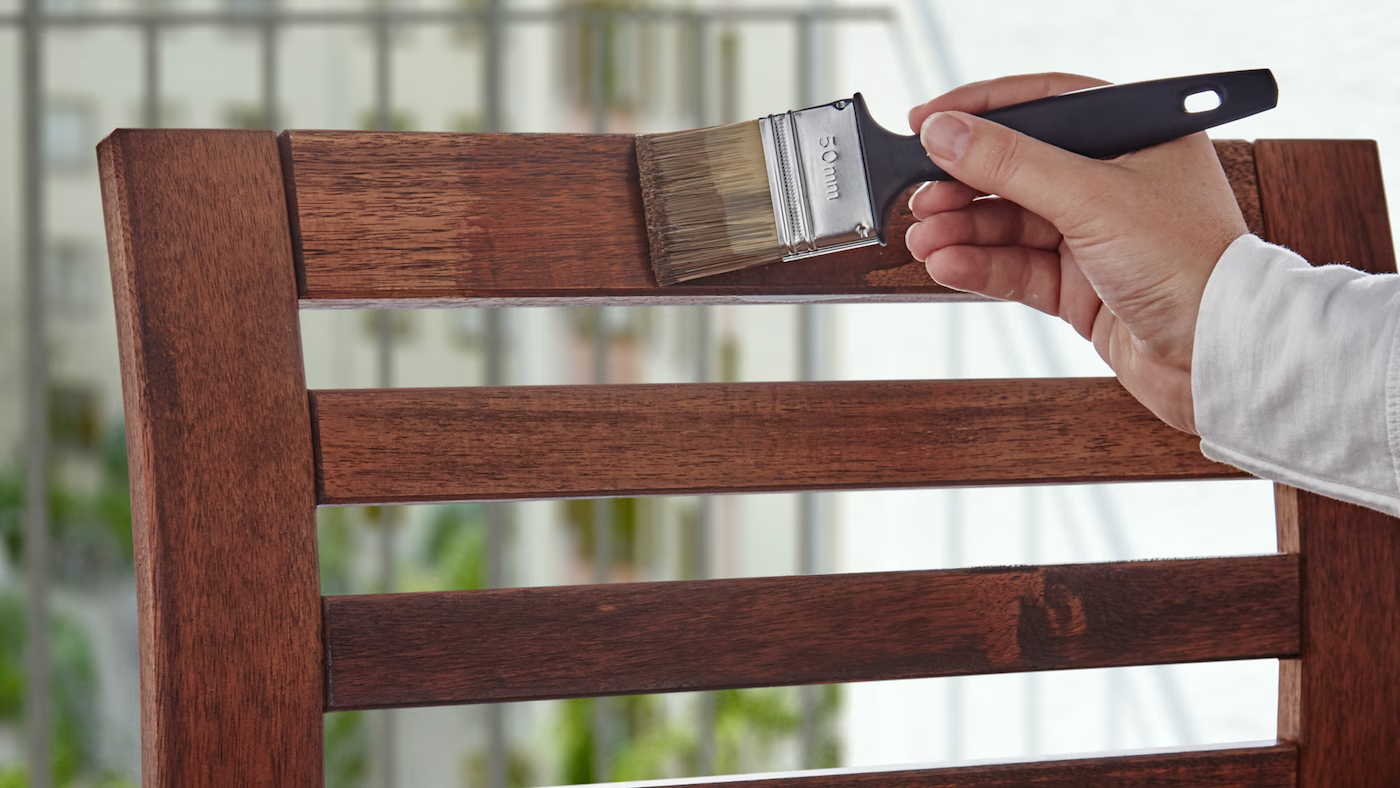
How to Maintain and Care for Your Church Chairs to Extend Their Lifespan
Investing in quality church chairs is a significant decision for any place of worship. Whether you’ve opted for elegant wooden church chairs or more modern alternatives, the longevity of your chapel chairs depends heavily on how well you maintain and care for them. Proper maintenance not only preserves the aesthetic appeal of your chairs but also ensures that they remain comfortable and safe for your congregation. This comprehensive guide will provide you with practical advice on how to maintain and care for your church chairs, helping you to extend their lifespan and get the most out of your investment.
1. Regular Cleaning and Maintenance
Daily and Weekly Cleaning
The first step in maintaining your chapel chairs is regular cleaning. Dust, dirt, and grime can accumulate over time, leading to a dull appearance and potential damage to the materials. Here’s how you can keep your church chairs clean:
Dusting: Use a soft cloth or a duster to wipe down the chairs regularly. For wooden chairs, it’s important to dust them frequently to prevent the buildup of dust that can scratch the surface over time.
Vacuuming: For upholstered church chairs, vacuum the seats and backs at least once a week to remove dirt and debris. Use an upholstery attachment to gently clean the fabric without damaging it.
Spot Cleaning: Accidents happen, and spills are inevitable, especially in a busy church environment. When spills occur, it’s crucial to clean them up immediately to prevent stains. Use a damp cloth and mild detergent to gently blot the stain, avoiding rubbing which can spread the stain or damage the fabric.
Deep Cleaning
In addition to regular cleaning, your church chairs will benefit from periodic deep cleaning. Deep cleaning should be done at least twice a year or more frequently if your church hosts many events.
Wooden Chairs: Use a wood cleaner or a mixture of mild soap and water to clean wooden chairs. Wipe down the chairs with a damp cloth, ensuring that you don’t saturate the wood with water. After cleaning, dry the chairs thoroughly with a soft towel. Apply a wood polish or wax to restore the shine and protect the wood from moisture and scratches.
Upholstered Chairs: For upholstered chairs, consider professional cleaning at least once a year. Professional cleaners can use steam cleaning or hot water extraction methods to remove deep-seated dirt and stains from the fabric. If you choose to clean the upholstery yourself, use a fabric cleaner specifically designed for the type of fabric on your chairs. Always test the cleaner on an inconspicuous area first to ensure it doesn’t cause discolouration.
2. Protecting Church Chairs from Wear and Tear
Church chairs endure a lot of use, from weekly services to special events. Protecting them from wear and tear is essential to prolong their lifespan.
Use Chair Glides and Caps
One of the most common causes of wear and tear on church chairs is the friction between the chair legs and the floor. Over time, this can cause scratches on both the chairs and the floor. To prevent this, install chair glides or caps on the bottom of each chair leg. These protective pads reduce friction and make it easier to move the chairs without damaging the floor or the chair legs.
Rotate Chairs Regularly
In most churches, certain chairs are used more frequently than others. To ensure even wear across all your chapel chairs, rotate them periodically. By doing this, you’ll prevent some chairs from wearing out faster than others, helping to maintain a uniform appearance in your seating arrangement.
Avoid Overloading
Chapel chairs are designed to support a certain amount of weight. Overloading them by stacking too many chairs on top of each other or using them in ways they weren’t intended (e.g., standing on them) can weaken their structure and lead to damage. Always follow the manufacturer’s guidelines on weight limits and stacking procedures to avoid unnecessary strain on the chairs.
3. Repairing and Restoring Church Chairs
No matter how well you maintain your church chairs, they may eventually require repairs. Whether it’s a loose joint on a wooden church chair or a tear in the upholstery, addressing repairs promptly can prevent further damage and extend the life of your chairs.
Tighten Loose Screws and Joints
Over time, screws and joints in your church chairs may become loose due to regular use. Periodically check for any loose components and tighten them as needed. For wooden seats, pay special attention to the joints where the legs meet the seat and backrest. Tightening these joints can prevent wobbling and maintain the structural integrity of the chair.
Repairing Wooden Church Chairs
Wooden chairs are known for their durability, but they can still suffer from scratches, dents, or cracks. Here’s how to handle minor repairs:
Scratches: Minor scratches on wooden chairs can be treated with a touch-up marker or a wood repair kit. For deeper scratches, lightly sand the affected area with fine-grit sandpaper, then apply a matching wood stain and finish.
Dents: To remove small dents from wooden church chairs, place a damp cloth over the dent and gently apply heat with an iron. The steam will cause the wood fibres to swell, reducing the appearance of the dent. Afterwards, sand the area lightly and apply a finish.
Cracks: For larger cracks in wooden chairs, use wood glue to bond the split pieces together. Apply the glue to the crack, then clamp the pieces together until the glue dries. Once dry, sand the area smooth and apply a finish to match the rest of the chair.
Upholstery Repairs
Upholstered chairs can suffer from fabric tears, loose seams, or worn padding. Addressing these issues early can prevent the need for more extensive repairs.
Tears: Small tears in the fabric can be repaired with a fabric adhesive or by sewing the edges together. For larger tears, consider patching the area with a piece of matching fabric. If the tear is too large, you may need to reupholster the chair.
Loose Seams: If the seams on your upholstered church chairs are coming apart, reinforce them with strong fabric glue or by hand-stitching the seam back together. Make sure to use a thread that matches the original stitching.
Worn Padding: Over time, the padding in your church chairs may become compressed or worn out. To restore comfort, replace the padding with new foam or cushioning material. You can do this yourself or hire a professional upholsterer to handle the job.
4. Long-Term Preservation Strategies
Beyond regular cleaning and repair, implementing long-term preservation strategies will further extend the lifespan of your church chairs.
Storage Solutions
Proper storage of your chapel chairs is crucial when they are not in use. Improper storage can lead to warping, scratching, or other forms of damage. Here are some storage tips:
Stacking Chairs: If your church chairs are stackable, make sure to stack them according to the manufacturer’s recommendations. Avoid stacking chairs too high, as this can lead to instability and potential damage. Use protective covers or blankets between chairs to prevent scratching during stacking.
Climate-Controlled Storage: Store your church chairs in a climate-controlled environment to prevent damage from extreme temperatures and humidity. Wooden chairs, in particular, are susceptible to warping and cracking in fluctuating temperatures. Maintaining a consistent climate will help preserve the wood’s integrity.
Covering Chairs: When storing your chairs for an extended period, cover them with dust covers or sheets to protect them from dust, dirt, and sunlight. This is especially important for upholstered chairs, as prolonged exposure to sunlight can cause the fabric to fade.
Regular Inspections
Schedule regular inspections of your church chairs to identify any potential issues before they become major problems. During inspections, check for:
Structural Integrity: Ensure that all joints, screws, and other components are secure and free from damage.
Surface Condition: Look for scratches, dents, or cracks in wooden church chairs and address them promptly.
Upholstery Condition: Inspect the fabric for signs of wear, tear, or fading. Also, check the padding to ensure it’s still a comfortable chair and supportive.
Training Staff and Volunteers
Educating your staff and volunteers on proper chair care is essential for maintaining the longevity of your chapel chairs. Provide training on how to clean, move, and store the chairs correctly. Ensure that everyone understands the importance of handling the chairs with care to prevent accidental damage.
5. Eco-Friendly Care Practices
As churches increasingly embrace sustainability, adopting eco-friendly care practices for your church chairs is both a responsible and modern approach.
Use Green Cleaning Products
Opt for environmentally friendly cleaning products that are free from harsh chemicals. These products are safer for the environment and less likely to cause damage to your church chairs. Look for cleaning agents that are biodegradable, non-toxic, and specifically designed for wood or upholstery.
Sustainable Repair Materials
When repairing your church chairs, choose sustainable materials whenever possible. For wooden chairs, use wood glue and stains that are eco-friendly. For upholstery repairs, consider using fabrics made from organic or recycled materials.
Reupholstering vs. Replacing
Instead of replacing church chairs that are showing signs of wear, consider reupholstering them. Reupholstering is a sustainable option that allows you to refresh the look of your chairs while keeping the original frames intact. This practice reduces waste and extends the life of your furniture.
Conclusion
Proper maintenance and care are essential to extending the lifespan of your church chairs, whether they are elegant wooden seatings or modern upholstered ones. By following the practical advice outlined in this guide—such as regular cleaning, protecting against wear and tear, timely repairs, long-term preservation strategies, and eco-friendly practices—you can ensure that your chapel chairs remain in excellent condition for many years to come. Investing time and effort into maintaining your church chairs not only enhances the overall worship experience for your congregation but also protects your investment, allowing you to focus on what truly matters—serving your community and fostering a sense of spiritual belonging.

